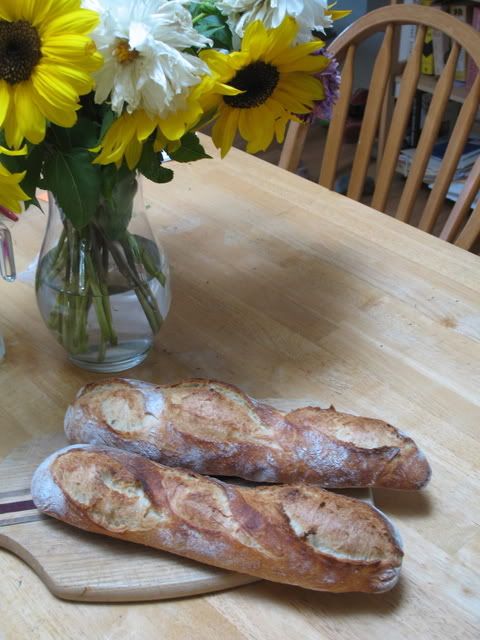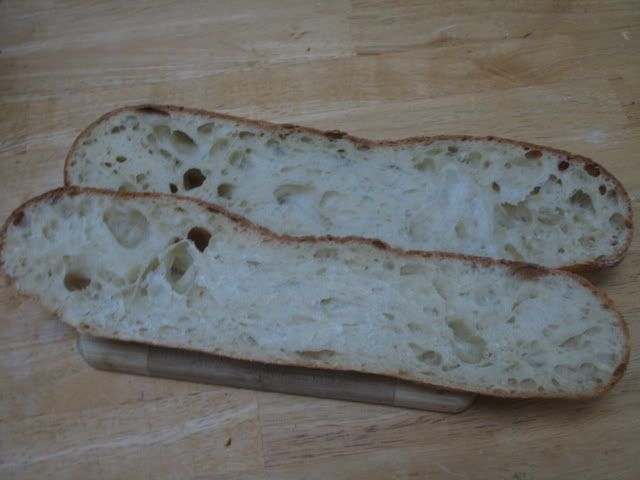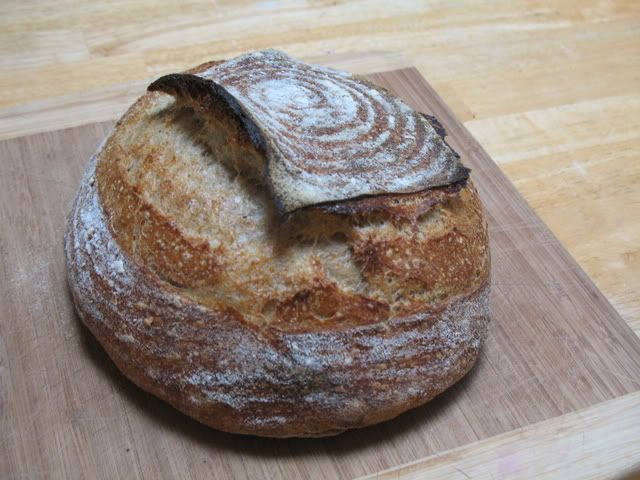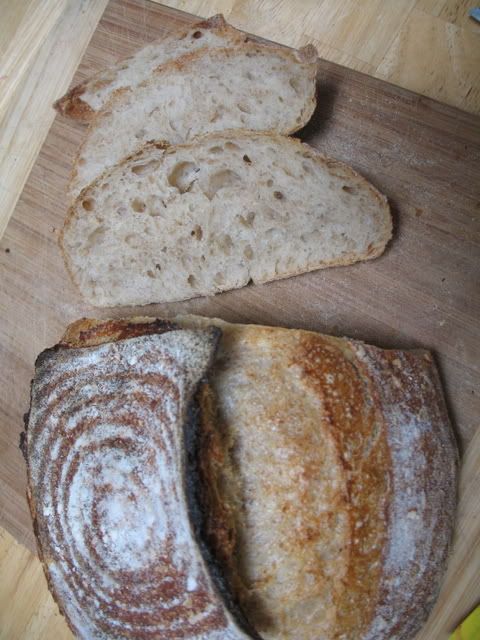Hello everybody,
It was my first attempt to use pumpkin in baking ,i was totally amazed from the result, the bread was light , veeeery delicious, my kids could not wait even to fill its slice with any filling, so i will put the recipe and try it, you will not stop making it.
I got the recipe from a french book" i think that the original version was in english because the author is australian, i do not know exactly, her name is Ann wilson , the book name is " Pains et petits pains".
I love the book because 99% of the ingredients used are familiar in Egypt,except " Rye flour"< we do not have, can you send me some pleaaaaaaase, hahahaha,There is a pumpernickel recipe,and i can not do it ,do not you feel petty for me????
Anyway , i will show you the pumpkin kind that i used in the recipe,

That is the only kind we have in Egypt, and we use pumpkin rarely, that is a shame !!! we have very good pumpkin harvest.So i tried to use and create a lot of recipes " in which pumpkin is a main ingredient".O.K, i will start now, here is the recipe:-
7g. yeast" i used fresh yeast , about 1 tbls"
1/4 cup of pumpkin boiling water " in the recipe they boiled the pumpkin, i did not , i cooked it in the oven, i made it puree, and i left it in a strainer to get rid from its juice, and i used this juice to prepare the dough"
4-41/2 cups bread flour.
1 tspn salt
1 cup of pumpkin puree " about 300 g. raw pumpkin", it was different with me because this kind of pumpkin is veeery juicy, i got a lot of liquid from it"
1/4-1/2 cup pumpkin water.
1 beaten egg.
2 tspn water
pumpkin seeds for decoration.
instead of explaining i will let you with the pics, and feel free to ask about everythink , that you think it is not clear.
First the pumpkin from inside:
url=http://www.0zz0.com] [/url]
[/url]
Here is my lovely yeast" i am in love with yeast"

I gave it to eat " some sugar " i made for her some massage , then i cover her to take a nap,she became now very good and happy,


I started to prepare the ingredients, then making the dough.


I kneaded it for 10 mn,it turned soft and smooth like a baby skin.

I put 2 drops of olive oil on it to prevent it from sticking . then i covered it with a clean towel " of course"

shshshshsh, i warned all my family members, not to disturb my baby" i am fool , am not i???"

it is ready now , let us start the game,i re knead it for 2 mn.
I took 1/4 the dough,

then the remaining dough, i made with it a ball, and i put it in a sponge cake pan after oiling it and
sprinkle it with flour" i used corn flour"

I glazed it with the beaten egg, then i decorated it with the rubbon.


I glazed it again, i let it to rise.
My oven was too busy this day, so i let it more than an hour" it became like a monster" oh!lalala!!!
url=http://www.0zz0.com] [/url]
[/url]
I forgot to tell you about the pumpkin seeds.
I baked it on 210c.
here it is:
url=http://www.0zz0.com] [/url]
[/url]
I forgot to take a pic for it after removing it from the pan.
So on my second attempt, with another shape , i did, voila,

And the Crumb??????

I will let to you the judgment!!!!!????
Sorry for taking too much time, but i think the details will be so helpfull for beginners.
Thank you , and for all the yeast & bread making fans, a big hug from me to you.
Chahira DAoud , Alexandria , Egypt.
P.S: wait for my " pate morte" lantern & our feast cookies & biscuits.














 [/url]
[/url]











 [/url]
[/url] [/url]
[/url]










